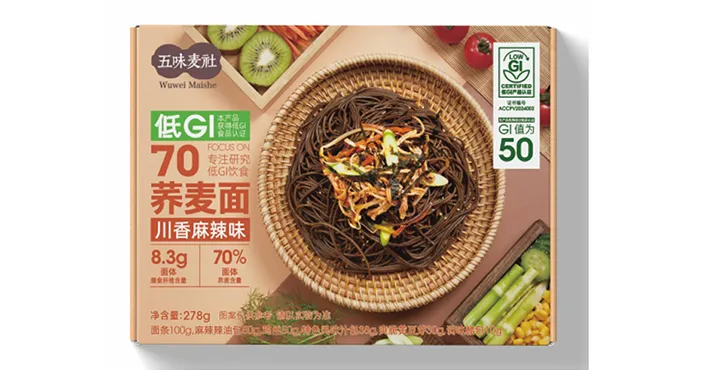handmade ramen
The Art of Handmade Ramen A Culinary Journey
Ramen, the beloved Japanese noodle soup, has transcended its humble beginnings to become a global culinary phenomenon. While countless establishments serve this dish, nothing compares to the rich flavors and textures found in handmade ramen. The intricate process of crafting each component—from the broth to the noodles—turns a simple bowl of soup into a masterpiece.
The Broth The Soul of Ramen
At the heart of any ramen dish lies the broth. Traditionally, ramen broth is categorized into four main types Shoyu (soy sauce), Miso, Shio (salt), and Tonkotsu (pork bone). Each type has its own unique flavor profile, but it is the painstaking process of making the broth that truly elevates handmade ramen.
Creating a rich, flavorful broth requires hours of simmering various ingredients. For a classic Tonkotsu, pork bones are boiled for hours, releasing collagen and marrow, which contribute to a creamy, rich texture. The addition of aromatics such as garlic, onion, and ginger gives depth to the flavor, while scallions and kombu (dried seaweed) provide umami notes. The meticulous selection of ingredients and the time spent simmering are what differentiate ordinary ramen from extraordinary ramen.
Crafting the Noodles Texture and Freshness
Ramen noodles are just as essential as the broth. Handmade noodles offer a texture and bounce that cannot be replicated by store-bought varieties. The key ingredients in ramen noodles include flour, water, salt, and kansui—an alkaline mineral water that gives the noodles their unique elasticity and characteristic yellow hue.
The process of making the noodles begins with mixing the ingredients to form a dough. This dough is then kneaded to develop gluten, giving the noodles the perfect chewiness. After resting, the dough is rolled out and cut into strands of the desired thickness. Freshly made noodles have a distinctive bite and a taste that complements the rich broth seamlessly. The art of noodle-making not only requires skill but also a keen understanding of the science behind ingredients and techniques.
handmade ramen

Toppings Enhancing the Experience
Once the broth and noodles are prepared, the next step is to add toppings, which play a crucial role in enhancing the overall experience of eating ramen. Common toppings include chashu (braised pork belly), menma (bamboo shoots), ajitsuke tamago (marinated soft-boiled eggs), and nori (seaweed). Each topping contributes its own unique flavor and texture, creating a harmonious balance in each bite.
For instance, the rich and succulent chashu adds a meaty depth, while the luscious, runny yolk of the ajitsuke tamago adds a creamy sweetness. Fresh green onions and pickled ginger can also be used as garnishes, providing a refreshing contrast to the rich and hearty flavors of the broth and noodles.
The Experience of Handmade Ramen
Handmade ramen is not just about the food; it is about the entire experience. The ritual of slurping noodles, the aroma of the broth, and the vibrant colors of the toppings come together to create a sensory delight. Many ramen shops pride themselves on their unique recipes and presentation, turning each bowl into a work of art.
Moreover, making handmade ramen is a labor of love that invites collaboration and sharing. Families and friends can come together in the kitchen to prepare the ingredients, and the process often involves laughter and joy, celebrating the art of cooking. This communal aspect is what makes enjoying handmade ramen a cherished tradition.
Conclusion A Timeless Culinary Art
In a world where convenience often trumps quality, handmade ramen stands as a testament to the beauty of culinary craftsmanship. From the painstaking preparation of broth to the careful creation of noodles, every bowl represents countless hours of dedication and passion. For those who take the time to appreciate the art of handmade ramen, each mouthful is not just a meal, but a journey through flavor, texture, and tradition—one that connects us all to the rich culture of Japan. So, whether you are a seasoned chef or a curious novice, consider trying your hand at making this beloved dish, and discover the joy that comes from creating something truly special.
-
Unleash Your Inner Chef with Delectable Italian Pasta CreationsNewsAug.01,2025
-
Savor Health and Flavor: Irresistible Soba Noodles for Sale Await!NewsAug.01,2025
-
Nourish Your Body with Premium Organic Ramen - A Culinary Delight AwaitsNewsAug.01,2025
-
Elevate Your Dishes with Our Exquisite Kinds of Egg NoodlesNewsAug.01,2025
-
Dive into Flavorful Convenience with Our Ramen OfferingsNewsAug.01,2025
-
Discover Exquisite Types of Naengmyeon and Chilled Soba NoodlesNewsAug.01,2025
-
Is Whole Wheat Pasta Healthy?NewsMay.30,2025
Browse qua the following product new the we

















































































































